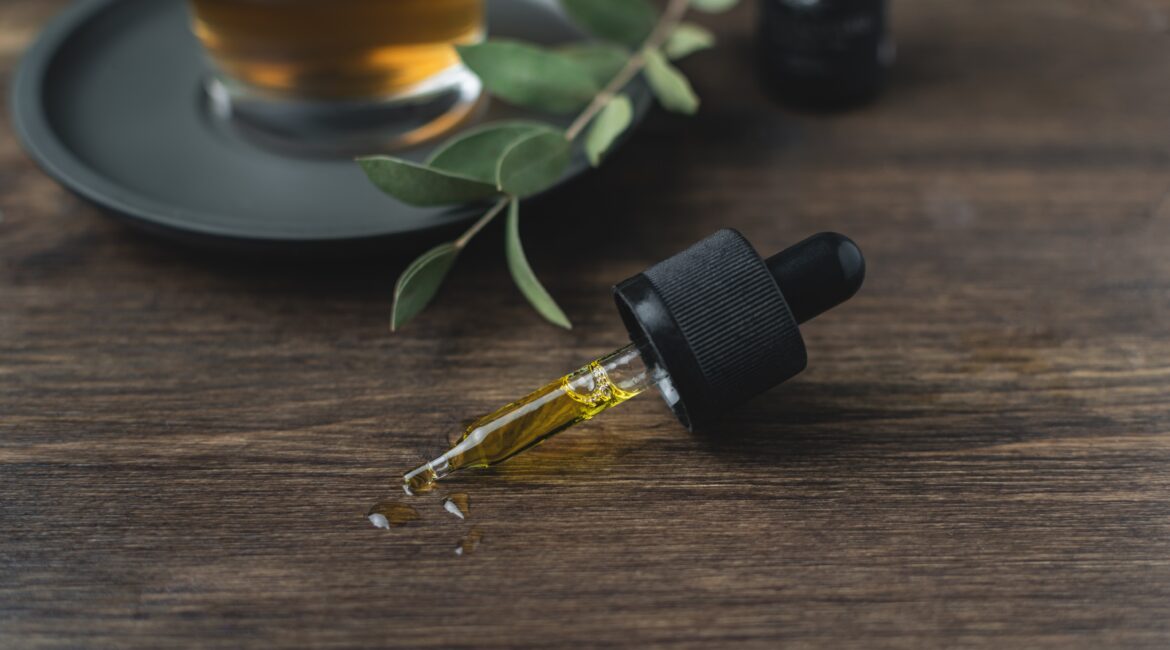In this article, Mums Love CBD will explain the basics of CBD, its properties and how it works within our bodies. Discover the potential of this non-intoxicating compound found in cannabis plants and how it interacts with your body’s endocannabinoid system.
CBD, short for cannabidiol, is a non-intoxicating compound called a cannabinoid found in the cannabis plant. It has become popular in recent years for its potential support to overall health and wellness.
What are Cannabinoids?
Cannabinoids are a group of naturally occurring compounds found in the cannabis plant. They interact with the body’s endocannabinoid system, which helps regulate various bodily functions. The cannabis plant contains over 100 cannabinoids, the most well-known being tetrahydrocannabinol (THC) and cannabidiol (CBD). THC is psychoactive and the one that causes the “high” associated with cannabis use, while CBD is non-intoxicating.
Cannabinoids are found in the resinous trichomes of the cannabis plant, which are concentrated in the flowers or buds of the female cannabis plant.
How Does CBD Work?
Cannabinoids are split into two kinds – endocannbinoids and phytocannabinoids.
An endocannabinoid is a naturally occurring cannabinoid found within the human body. These compounds interact with the body’s endocannabinoid system (ECS), which helps to regulate various bodily functions such as appetite, mood, pain, and immune system response.
A phytocannabinoid is a naturally occurring compound found in the cannabis plant. Phytocannabinoids, such as THC and CBD, interact with the ECS in a similar way as endocannabinoids. Unlike endocannabinoids, phytocannabinoids are not produced by the human body but can be consumed through the use of cannabis.
So, How Does CBD Work?
As we have mentioned above, CBD works by interacting with the body’s endocannabinoid system (ECS), which is a complex network of receptors and enzymes that help regulate various bodily functions. The ECS plays a role in functions such as appetite, sleep, mood, and immune system response. We have more in depth information about the endocannbinoid system in this article.
Another way CBD interacts with the ECS is by binding to CB1 and CB2 receptors. CB1 receptors are found mainly in the brain and central nervous system, while CB2 receptors are found throughout the body, especially in the immune system.
How Was CBD Discovered?
The discovery of CBD can be traced back to the early 1940s when researchers first began studying the cannabis plant. However, it wasn’t until the 1960s that CBD was isolated and identified as a separate compound from THC.
In 1940, a team of researchers led by Roger Adams at the University of Illinois first isolated and identified the chemical structure of CBD. They were also able to isolate and identify the chemical structure of THC around the same time. However, the psychoactive effects of THC were more significant and thus received more attention in subsequent years.
In the 1960s, Raphael Mechoulam, an Israeli chemist who sadly passed in 2023, began studying cannabis and its chemical compounds in more detail. He was the first researcher to isolate and synthesise THC, CBD, and other cannabinoids. Mechoulam’s work helped to shed light on the unique properties of each compound and how they interact with the body’s endocannabinoid system.
One of the most significant breakthroughs in the discovery of CBD came in 1980 when Mechoulam and his team discovered the ECS. Mechoulam’s discovery of the ECS provided a better understanding of how cannabinoids interact with the body and helped pave the way for further research into CBD.
How is CBD Extracted?
CBD can be extracted from hemp plants using several methods. Here are four of the most common extraction methods:
- CO2 Extraction: This is one of the most popular methods of extracting CBD. It involves using pressurised carbon dioxide to extract the CBD oil from the plant material. The CO2 acts as a solvent to dissolve the oil, which is then collected.
- Ethanol Extraction: This method involves soaking the hemp plant in ethanol to extract the CBD oil. The ethanol acts as a solvent to dissolve the oil, which is then collected. This method can be less expensive than CO2 extraction, but it may also extract unwanted compounds.
- Olive Oil Extraction: This method involves using olive oil to extract the CBD oil from the hemp plant. The plant material is heated in the oil, which allows the CBD to be released. The resulting mixture is then filtered, and the oil is collected.
- Solvent Extraction: This method involves using a solvent such as butane or propane to extract the CBD oil from the hemp plant. The solvent dissolves the oil, which is then collected. This method can be dangerous if not done properly and may also extract unwanted compounds.
Overall, CO2 extraction is considered the most efficient and safe method for extracting CBD, while other methods can also be effective but may have some drawbacks. It’s important to note that the quality and purity of the extracted CBD oil also depends on the quality of the hemp plants used and the extraction process used.

